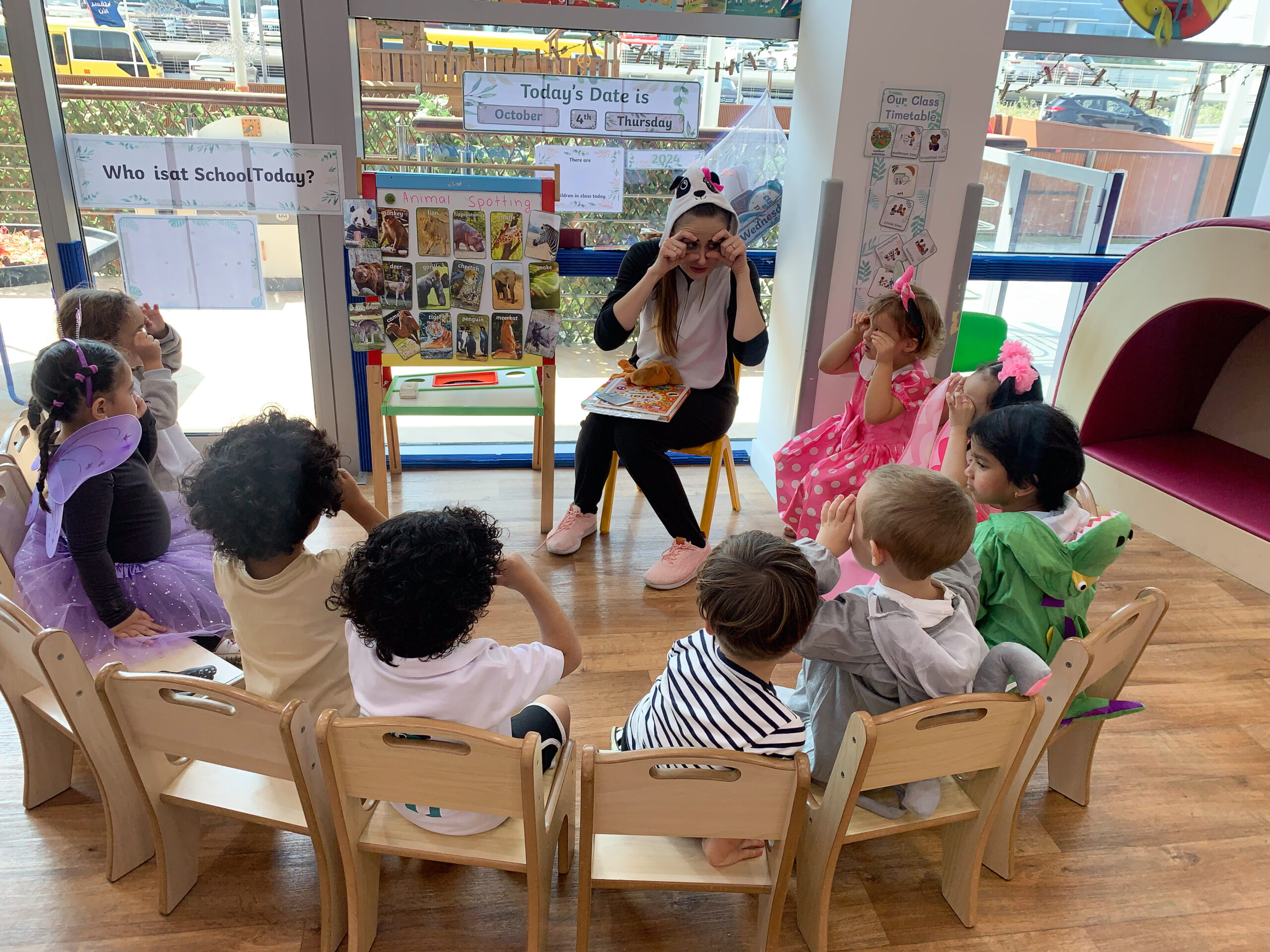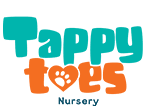
Understanding Learning Styles in Early Childhood Development
Every child is unique, bringing their own way of understanding and interacting with the world. From the first babble to curious questions, each little mind absorbs information differently. Recognising and embracing these individual learning styles is essential in nurturing their potential. By tailoring educational techniques to suit a child’s preferences, we can unlock their true ability to learn and grow.
What are Learning Styles?
Learning styles refer to the different ways children process and retain information. While some children respond well to visuals, others thrive through hands-on activities or sound-based cues. Understanding these styles helps educators and parents create engaging learning experiences.
Research shows that accommodating a child’s learning preferences can boost their confidence and comprehension. It also fosters a lifelong love for learning, which is crucial during early childhood development.
The Main Types of Learning Styles
Children’s learning preferences generally fall into three main categories:
1. Visual Learning
Visual learners rely on images, charts, and colours to understand concepts. They remember better when information is presented visually. For example, showing pictures, diagrams, or using colourful flashcards can greatly benefit these children.
Key tip: Use books with illustrations and play matching games to strengthen this style.
2. Auditory Learning
Auditory learners process information through sound. They enjoy listening to stories, songs, or instructions read aloud. Discussions, rhymes, and music-based activities stimulate their understanding and memory retention.
Key tip: Read aloud regularly and encourage them to retell stories to enhance their auditory skills.
3. Kinesthetic Learning
Kinesthetic learners understand best through movement and touch. These children prefer activities like drawing, building, or role-playing. Engaging them in hands-on activities makes learning more enjoyable and effective.
Key tip: Incorporate physical games, craft projects, or nature walks into their routine for a more dynamic learning experience.
The Importance of Adapting Educational Techniques
Image: IMG_0552.jpg
Using educational techniques that align with a child’s learning style can significantly improve their ability to absorb knowledge. For example, a child struggling to read might benefit from pairing visual aids with auditory exercises.
Adapting these techniques doesn’t mean favouring one style. Instead, a balanced approach exposes children to multiple methods, helping them develop new skills and adapt to different environments. This approach also keeps learning exciting and varied.
Benefits of Recognising Learning Preferences Early
- Boosts Confidence: Tailored methods make children feel understood and capable.
- Improves Retention: Information presented in their preferred style sticks longer.
- Encourages Participation: Children are more likely to engage when learning feels natural.
- Supports Personal Growth: It helps them explore their strengths while addressing challenges.
Why Parents Should Choose Tappy Toes Nursery
Tappy Toes Nursery in Dubai embraces the individuality of every child. With a deep understanding of learning styles, our team creates personalised learning plans to meet each child’s needs.
Our approach combines innovative educational techniques with a nurturing environment. From interactive storytelling sessions to hands-on, creative projects, Tappy Toes ensures every learning preference is catered for. Parents trust us to inspire curiosity, creativity, and confidence in their children.
Conclusion
Understanding learning styles in early childhood development is key to unlocking each child’s potential. By recognising their unique preferences—be it visual, auditory, or kinesthetic—we can create meaningful, engaging experiences that foster growth.
Tappy Toes Nursery takes pride in providing tailored care that aligns with each child’s learning journey. With the right techniques and nurturing support, every child can thrive and build a strong foundation for lifelong success.

